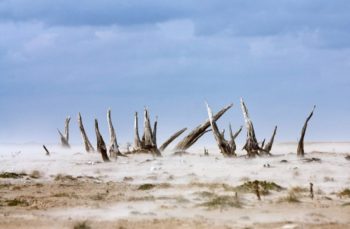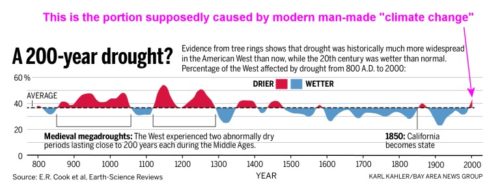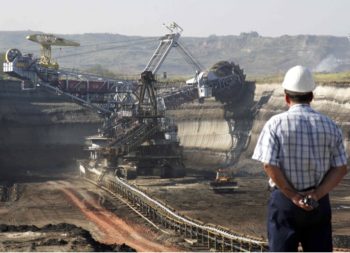
The article claims, “A new study from the University of Texas at Austin and Texas A&M University warns that droughts in the latter part of this century could be the worst on record.”
The science, however, shows no unusual threat of megadrought, but a Texas-sized threat of climate alarmism.
The basis of the Texas Tribune article is a study and press release from a Texas A&M scientist saying conditions several decades from now “could” be drier than previous periods.
In the press release from Texas A&M, state climatologist Dr. John Nielsen-Gammon wrote: “Our study shows that the drier conditions expected in the latter half of the 21st century could be drier than any of those megadroughts, depending on how you measure dryness.”
Gosh, it sure sounds bad. It also makes for good clickbait.
What they don’t tell you in the media articles is the study makes use of a computer model to predict the future of drought in Texas, and they used the worst-case climate model, RCP8.5, which has been discredited and has been labeled as “unrealistic” by other peer-reviewed studies.
That particular model has been a favorite of climate alarmists because it predicts a roasting hot future while completely ignoring actual data and present-day trends.
Even the IPCC admits RCP8.5 is exceedingly unlikely to occur, saying RCP8.5 had only a 10% chance of becoming reality at the time IPCC evaluated it. More recent estimates place RCP8.5’s chance of occurring at less than 3%.
Literally, you could pick any spot on the planet, and climate model RCP8.5 would tell you the future is bleak, so there’s really no surprise in this outcome. What is a surprise is that Texas A&M didn’t get the memo about the unreliability of climate model RCP8.5.
When looking at drought, it’s often important to look at the past, because the past is actually measured data, rather than an uncertain mathematical projection with data-input biases.
The study itself looks at “megadroughts” in the past, and from the press release they say: “In the past thousand years, there have been multiple decades of extended drought periods called “megadroughts” — something Texas will likely see through the end of the century.”
And, the study notes, “The drought of the 1950s is still considered the “drought of record” and remains the most severe in Texas in the past 125 years.”
Now, wait a minute. A “megadrought” of the 1950s happened well before carbon dioxide in the atmosphere became a science-turned-political cause.
At that time, according to data, carbon dioxide (CO2) levels in Earth’s atmosphere were well below what they are today.
If increased CO2 levels in the future drive “climate change” and that drives droughts, how is it that the “drought of record” in Texas happened way back then?
How is it that “multiple decades of extended drought periods” happened without the aid of increased CO2 in our atmosphere? How is it with CO2 levels now being over 415PPM, Texas hasn’t seen a drought worse than the “drought of record”?
The answer is natural variation. The Earth naturally produces periods of drought. In fact, studies show we’ve seen 200-year periods of drought in the western United States well before “climate change” became a cause, as you can clearly see in Figure 1 below.

Ironically, while Texas activist scientists are predicting a hotter and drier future, the state of Pennsylvania says their future will be “warmer and wetter”. That’s apparently bad, too.
Drier is worse, and wetter is worse, so climate activists admit our past 100 years of modest global warming has placed our present-day climate in perfect conditions!
When it comes to predicting the future of climate, almost any deviation from the Goldilocks period of “just right” temperature and rainfall is seen as being driven by the universal boogeyman of climate change, in turn, driven by the use of fossil fuels producing more CO2 in our atmosphere.
Almost every prediction is coupled with an “act now” message that says you are personally responsible for the future of the planet and you need to change your lifestyle.
In reality, as seen in figure 1 above, the planet has never lacked climate variation, and in the past, it has produced some pretty ugly climate situations without any help from mankind at all.
We’ve been very lucky over the past 500 years to not have 200-year-long droughts.
My best advice is to stop believing we can maintain the Goldilocks period of “just right” temperature and rainfall and start planning for what mother nature will inevitably throw at us due to natural variation.
Read more at Climate Realism
















